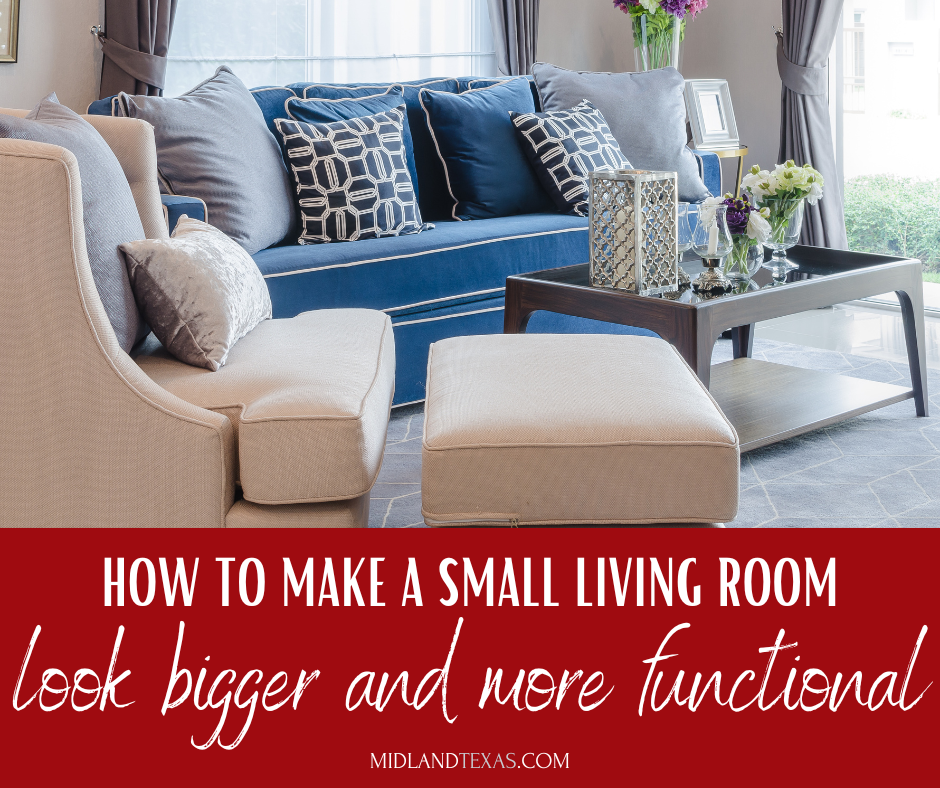If you’re like many people who have moved long-distance with a dog, you know that your four-legged family member may have had a bit of anxiety during and after the trip. But how do you deal with dog anxiety after moving? Is there anything you can do to make your pooch feel better? Here’s what you need to know.
How to Deal With Dog Anxiety After Moving
Moving is stressful – there’s no way around it. That’s true whether you’ve moved across town or across the country. And dogs feel stress a lot like we do… but they can’t talk it out like we can. That means pet parents have to get creative to de-stress their furry family members.
First things first: Take a trip to the vet if you’re concerned about your dog’s anxiety after moving. Your vet can give you specific advice that’s right for your pet.
In the meantime, experts agree that you should:
- Set up your dog’s new space right away
- Help your dog burn off extra energy
- Stick to a routine (or create a new one immediately)
- Give your pooch extra attention
- Stay home, if you can, as your dog adjusts
Here’s a closer look at each.
Tip #1 for Dealing With Dog Anxiety After Moving: Set Up Your Dog’s New Space Right Away
One of the first things you should do in your new home is set up a comfortable space for your dog. Whether you set aside an entire room for her or you bring her crate, favorite blankets and toys, and some of your personal items into a dedicated space, it’s important that your dog has a place she can retreat to when she’s feeling anxious or wants to be alone.
Tip #2 for Dealing With Dog Anxiety After Moving: Help Your Dog Burn Off Extra Energy
When you’re stressed, your dog is stressed – and you could both use an outlet. Whether you take extra-long walks or you spend more time throwing the ball in the backyard, burning off that extra energy will pay off in your favor (for both of you).
Tip #3 for Dealing With Dog Anxiety After Moving: Stick to a Routine
Sticking to a routine after a move is hard – we totally understand. There’s so much to do that even creating a routine seems impossible. Start small: Take your dog for a morning walk before breakfast and an evening walk after dinner. Set a timer to remind yourself about potty breaks throughout the day, too.
Tip #4 for Dealing With Dog Anxiety After Moving: Give Your Pooch Extra Attention
You and your dog might need a little extra support after moving, so make time for extra pets, belly rubs and snuggles. It’ll be good for both of you.
Pro tip: If your dog asks for attention, be there. He might stick close to you, touch you with his paw, or give you “the look.” You know your dog best, and he’s counting on you for support.
Tip #5 for Dealing With Dog Anxiety After Moving: Stay Home, if You Can, as Your Dog Adjusts
If it’s possible, stay home with your dog for a few days. She’ll likely feel anxious when you leave – at least until she becomes more comfortable in your new space. When you’re there, the house doesn’t seem so big and strange. Experts say that if you have to leave your new home while your dog is still adjusting, it may be best to restrict her to a certain area – just make sure to leave fresh food and water out, as well as all her comfort items.
Are You Buying or Selling a Home in Midland, Texas?
Use our site to search homes for sale in Midland and all of our surrounding areas. Unlike the “big name” sites out there, our site is directly connected to our local MLS and is updated faster. By creating a property manager account you can stay on top of the newest homes for sale and get price change alerts so you can stay ahead of other buyers and beat them to the best deals!
In the meantime, check out these 1-click searches:
Property Valuation Request Form







Leave A Comment
You must be logged in to post a comment.